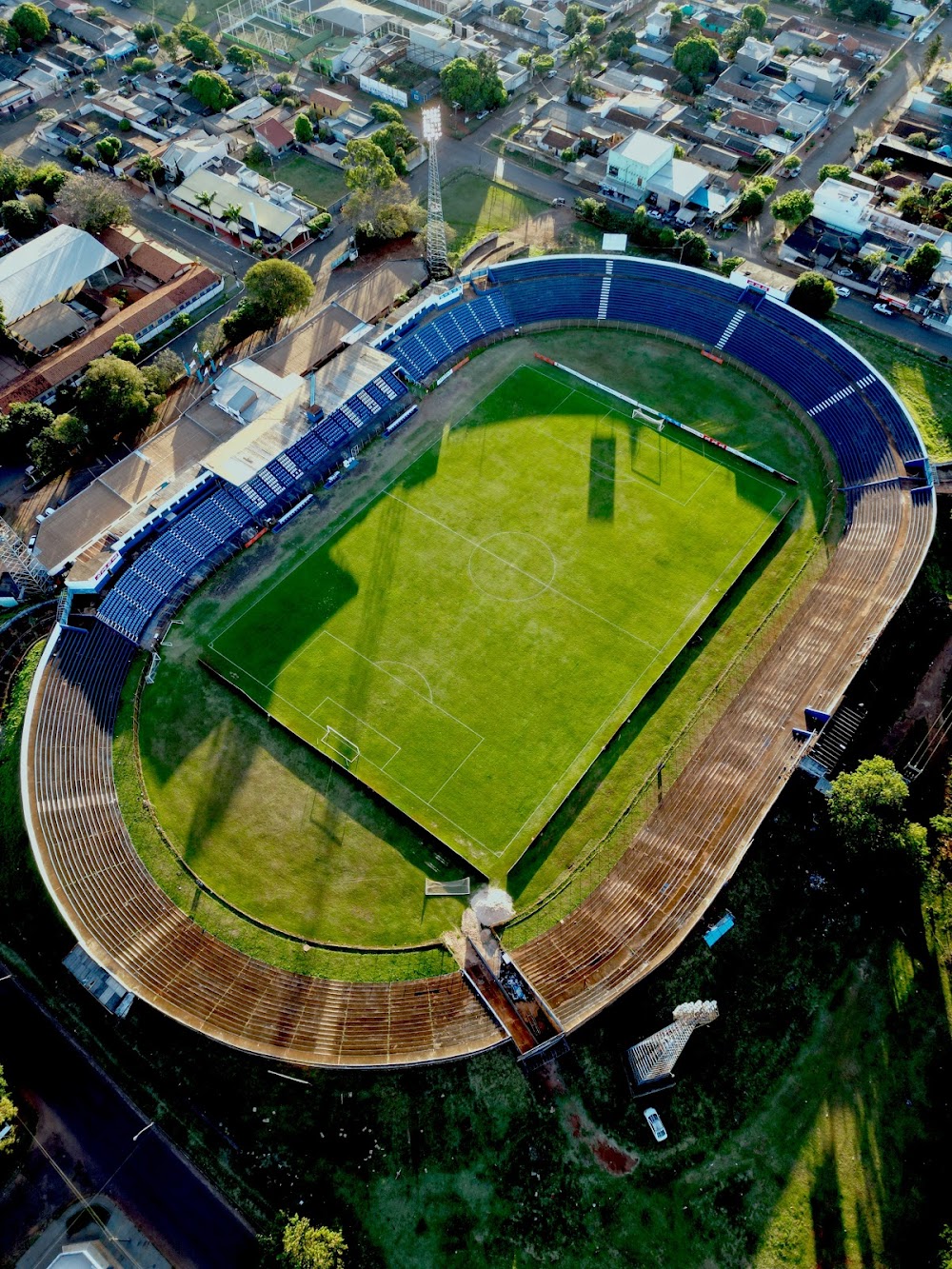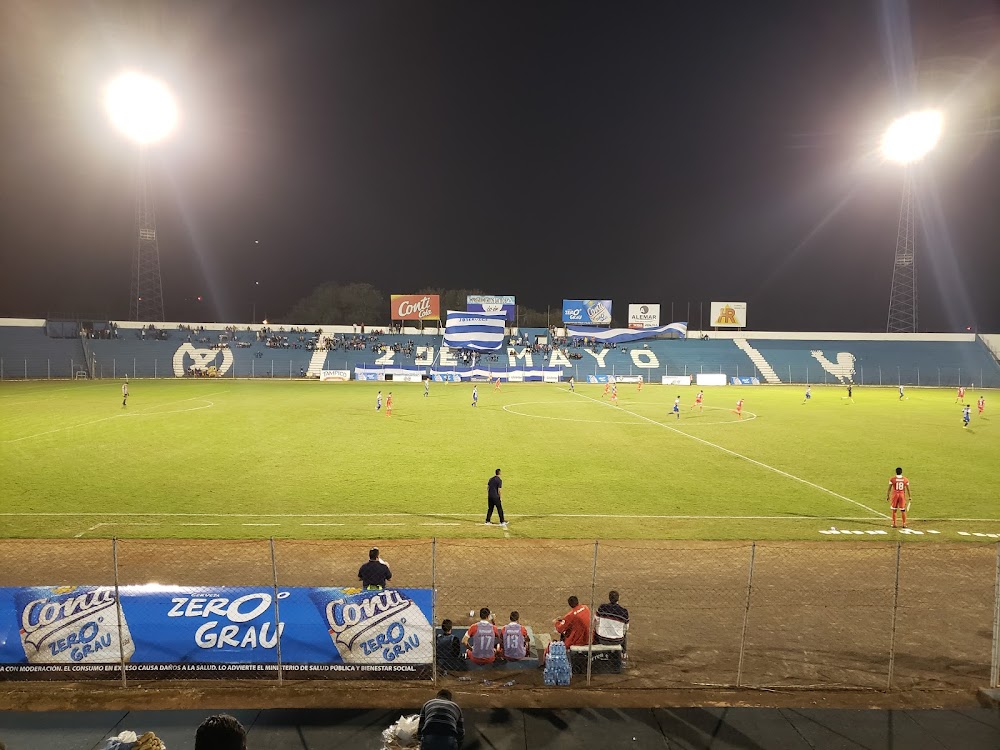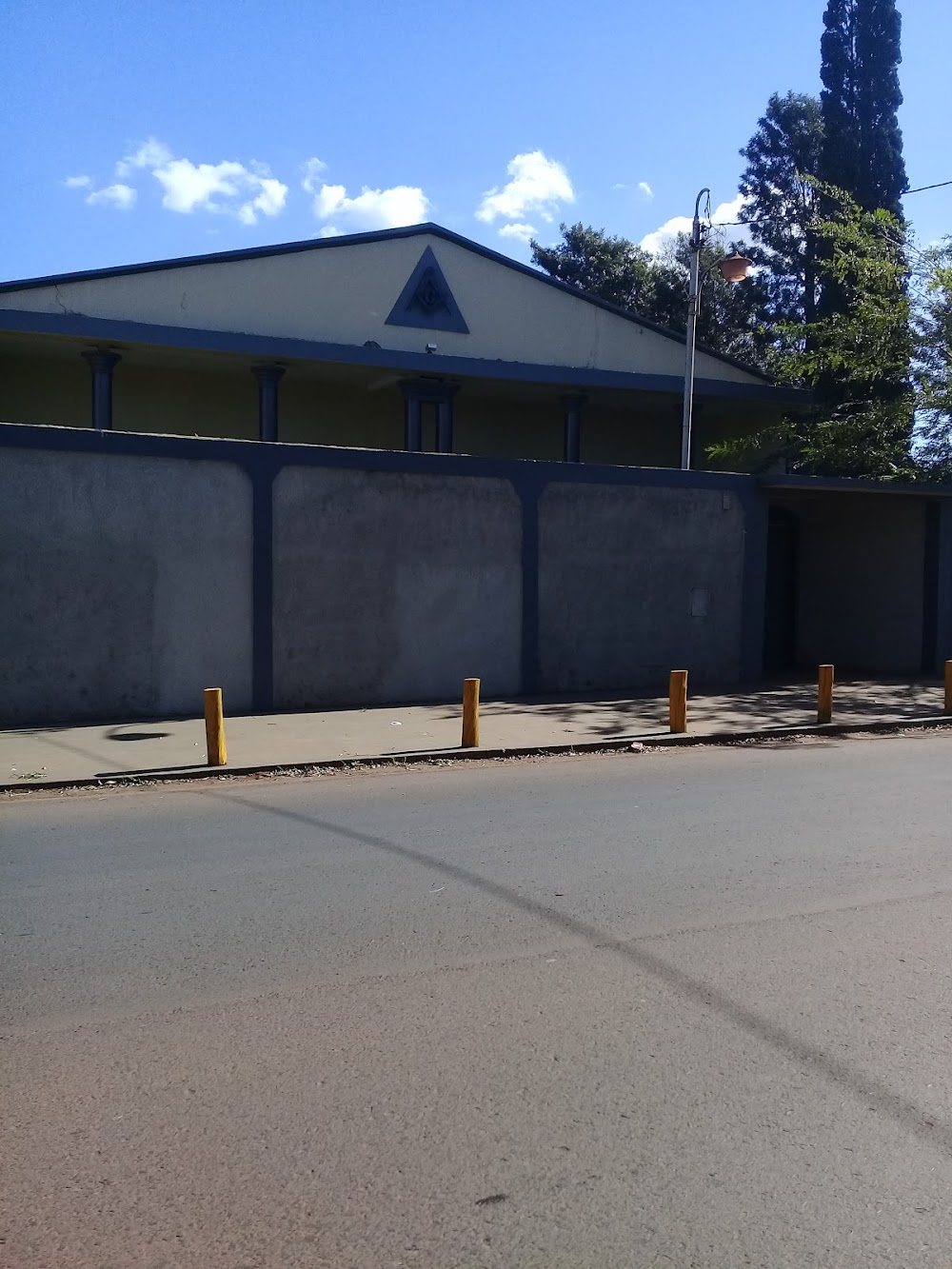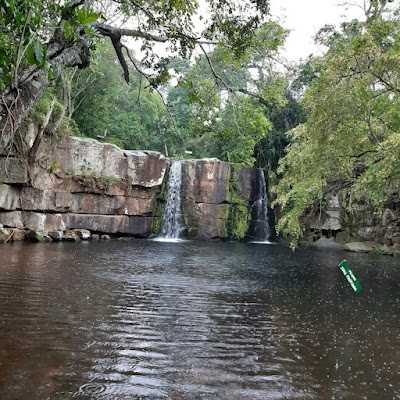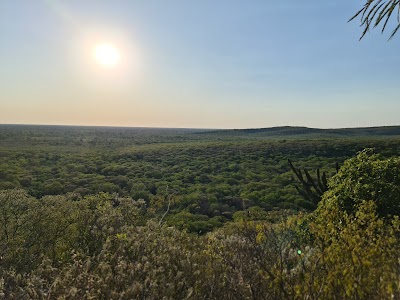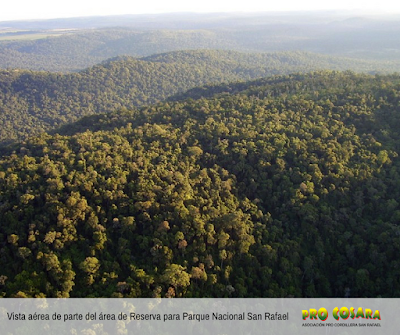Estadio Rio Parapiti (Estadio Río Parapití)
Overview
Monumental Río Parapití, affectionately known as Estadio Río Parapití, is a celebrated stadium nestled in the Amambay Department of Paraguay, specifically in the vibrant city of Pedro Juan Caballero. This venue has emerged as a cornerstone of pride and community spirit in the region, serving as a hub for both sports and cultural events.
A Vision Comes to Life
The story of Monumental Río Parapití began in the late 20th century when local government officials and passionate sports enthusiasts recognized the pressing need for a dedicated sports facility. Prior to this, football matches and various events were held in informal venues that lacked the necessary infrastructure to support larger audiences and high-profile games. The vision was clear: to establish a stadium that would not only host local football matches but also function as a cultural nexus for diverse events.
Building the Dream
Construction of the stadium kicked off in earnest during the late 1980s. The site was strategically selected to provide ample space for the anticipated large-scale structure. The project received enthusiastic backing from both the local government and private sector, showcasing a strong sense of community spirit and collaboration.
Architectural Excellence
The architectural design of Monumental Río Parapití aims to harmonize functionality with local cultural elements. Careful planning ensured optimal visibility from every seating area, guaranteeing an engaging experience for all spectators. The construction phase was marked by intense labor, with local contractors and workers pouring their skills and passion into the project.
A Venue for All
One of the stadium’s standout features is its impressive seating capacity. Designed to accommodate approximately 12,000 spectators, Monumental Río Parapití ranks among the larger stadiums in the region. This capacity allows it to host significant football matches, including national league games and international friendlies, making it a beloved venue for thrilling encounters. Over the years, the stadium has been the backdrop for countless memorable matches that have excited both fans and players.
High-Quality Facilities
The pitch at Monumental Río Parapití is meticulously maintained to meet international standards. Natural grass was chosen for the playing surface, providing optimal conditions for football games. Regular upkeep ensures that the field remains in prime condition, illustrating the local commitment to quality and the importance of the sport within the community.
More Than Just Sports
Beyond football, Monumental Río Parapití has embraced a variety of cultural events. From concerts to community gatherings and political rallies, the stadium has become a crucial fixture in the social life of Pedro Juan Caballero. This versatile use has solidified its status as a multifaceted venue that contributes to the community's cultural tapestry.
Economic Impact
The stadium's significance extends beyond the realm of sports and events. It has stimulated economic growth in the area by drawing visitors, which in turn supports the development of nearby businesses such as restaurants and hotels. On game days, the surrounding atmosphere is electric, with local vendors offering food, drinks, and memorabilia, creating a lively ambiance that spills into the heart of the city.
Future Developments
In recent years, discussions have surfaced regarding potential renovations and expansions to Monumental Río Parapití. These plans aim to modernize the facilities, possibly increasing seating capacity and incorporating additional amenities for spectators and athletes alike. Such developments highlight the stadium's enduring significance and its pivotal role in the region's future.
A Legacy of Community Spirit
In conclusion, Monumental Río Parapití stands as a powerful testament to the dedication and spirit of the people of Pedro Juan Caballero and the broader Amambay Department. Its rich history reflects the community’s collective effort to create a space that celebrates sports, culture, and unity. As the stadium continues to evolve, it remains a beacon of local pride and an essential part of the region's social fabric.


